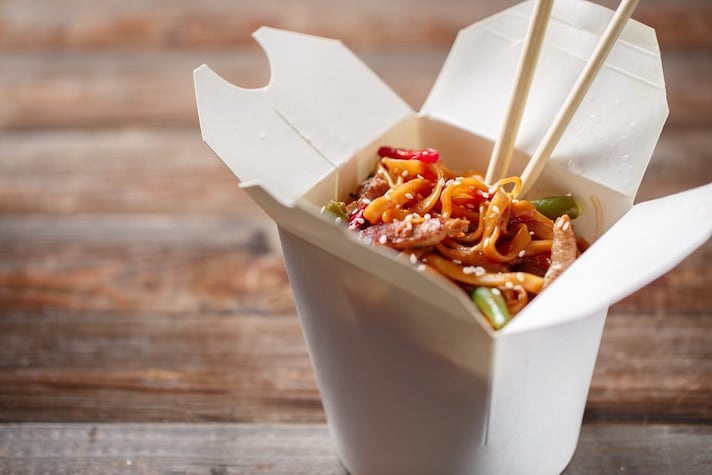Here’s Why You Should Never Use These Containers in The Microwave!
The microwave is an appliance that can be very useful to simplify life in the kitchen. As long as, however, you use it in the right way. Did you know, for example, that not all materials can withstand its heat? Here are the containers that you should never put in your microwave.
;Resize,width=742;)
The microwave oven has become an indispensable kitchen appliance: it is very easy to use, has many functions that allow you to heat, defrost and even cook food and is a very useful aid in speeding up daily cooking.
But, as with all objects, the microwave must also be used wisely and correctly. This means learning to clean it regularly to keep it working well, knowing which foods you should never put inside it and also learning the materials that cannot withstand its temperatures.
In fact, not all materials are suitable for use in the microwave oven and therefore some containers could be damaged, if not even break, ruining both the object and the appliance.
Nowadays, all new-generation containers have an indication on the label whether they are microwave-safe or not, but it's still good to know which materials you shouldn't use if you have older containers or are unsure about their resistance level.
1. Paper Containers

If you have ordered a delivery or have leftovers of take away dishes there is nothing easier than heating them in the microwave. But be careful about the material the containers are made of, which are often paper: this material tends to overheat very quickly when in contact with heat and electromagnetic waves, so the risk of it catching fire is high. Precisely for this reason it is better never to put paper containers in the microwave, but to transfer the food into special containers.
2. PVC Containers

Plastic is one of the most used materials for containers of all kinds, but in general it is thought that it is not suitable for use in the microwave. In reality, this belief is not entirely correct: only plastic containing PVC does not resist high temperatures and could therefore deform or melt, also releasing substances harmful to food. All other plastic containers are suitable for the microwave if they are of the type designed to resist high temperatures. Therefore, always check the packaging of the container, but if you are in doubt, avoid using that particular container to avoid running risks.
3. Metal Containers

Unlike plastic, metal should never be put in the microwave for any reason. Whether it is pots, cutlery, sheets or trays made of aluminum, it is absolutely forbidden to use this type of container in this appliance: metals such as steel, cast iron, aluminum and copper, in fact, can cause sparks that can develop flames and damage the oven. Furthermore, they are materials that reflect the waves emitted by the microwave and therefore do not allow food to heat up or cook properly. Also be careful with crystal, because it is a material that contains lead, and ceramic containers that have metal decorations or contain metals.
4. Styrofoam Containers

Also strictly forbidden is the use of polystyrene containers, a material highly subject to heat that causes it to melt or catch fire almost immediately. Not only would this ruin the appliance but it would also become dangerous for health: polystyrene, once melted, releases very harmful liquids and foams that would contaminate the food.
5. Wood, Bamboo or Wicker

The same thing that was said for polystyrene is also true for all those containers made of wood, bamboo or wicker. First of all, they could get damaged inside the microwave, cracking due to too much heat; furthermore, the high temperatures could cause the containers to burn or even release harmful substances, for example those of the oils and polishing paints with which this type of material is sometimes treated.
;Resize,width=767;)

;Resize,width=712;)

